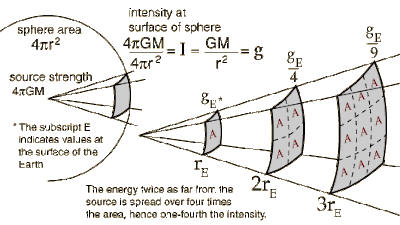In theoretical particle physics, the non-commutative Standard Model, mainly due to the French mathematician Alain Connes, uses his noncommutative geometry to devise an extension of the Standard Model to include a modified form of general relativity. This unification implies a few constraints on the parameters of the Standard Model. Under an additional assumption, known as the "big desert" hypothesis, one of these constraints determines the mass of the Higgs boson to be around 170 GeV, comfortably within the range of the Large Hadron Collider. Recent Tevatron experiments exclude a Higgs mass of 158 to 175 GeV at the 95% confidence level.[1] However, the previously computed Higgs mass was found to have an error, and more recent calculations are in line with the measured Higgs mass. [2]
Contents |
Background
Current physical theory features four elementary forces: the gravitational force, the electromagnetic force, the weak force, and the strong force. Gravity has an elegant and experimentally precise theory: Einstein's general relativity. It is based on Riemannian geometry and interprets the gravitational force as curvature of space-time. Its Lagrangian formulation requires only two empirical parameters, the gravitational constant and the cosmological constant.
The other three forces also have a Lagrangian theory, called the Standard Model. Its underlying idea is that they are mediated by the exchange of spin-1 particles, the so-called gauge bosons. The one responsible for electromagnetism is the photon. The weak force is mediated by the W and Z bosons; the strong force, by gluons. The gauge Lagrangian is much more complicated than the gravitational one: at present, it involves some 30 real parameters, a number that could increase. What is more, the gauge Lagrangian must also contain a spin 0 particle, the Higgs boson, to give mass to the spin 1/2 and spin 1 particles. This particle has yet to be observed, and if it is not detected at the Large Hadron Collider in Geneva, the consistency of the Standard Model is in doubt.
Alain Connes has generalized Bernhard Riemann's geometry to noncommutative geometry. It describes spaces with curvature and uncertainty. Historically, the first example of such a geometry is quantum mechanics, which introduced Heisenberg's uncertainty relation by turning the classical observables of position and momentum into noncommuting operators. Noncommutative geometry is still sufficiently similar to Riemannian geometry that Connes was able to rederive general relativity. In doing so, he obtained the gauge Lagrangian as a companion of the gravitational one, a truly geometric unification of all four fundamental interactions. Connes has thus devised a fully geometric formulation of the Standard Model, where all the parameters are geometric invariants of a noncommutative space. A result is that parameters like the electron mass are now analogous to purely mathematical constants like pi. In 1929 Weyl wrote Einstein that any unified theory would need to include the metric tensor, a gauge field, and a matter field. Einstein considered the Einstein-Maxwell-Dirac system by 1930. He probably didn't develop it because he was unable to geometricize it. It can now be geometricized as a non-commutative geometry.
See also
- Noncommutative geometry
- Noncommutative quantum field theory
- Timeline of atomic and subatomic physics
Notes
References
- Alain Connes (1994) Noncommutative geometry. Academic Press. ISBN 0-12-185860-X.
- -------- (1995) "Noncommutative geometry and reality," J. Math. Phys. 36: 6194.
- -------- (1996) "Gravity coupled with matter and the foundation of noncommutative geometry," Comm. Math. Phys. 155: 109.
- -------- (2006) "Noncommutative geometry and physics,"
- -------- and M. Marcolli, Noncommutative Geometry: Quantum Fields and Motives. American Mathematical Society (2007).
- Chamseddine, A., A. Connes (1996) "The spectral action principle," Comm. Math. Phys. 182: 155.
- Chamseddine, A., A. Connes, M. Marcolli (2007) "Gravity and the Standard Model with neutrino mixing," Adv. Theor. Math. Phys. 11: 991.
- Jureit, Jan-H., Thomas Krajewski, Thomas Schücker, and Christoph A. Stephan (2007) "On the noncommutative standard model," Acta Phys. Polon. B38: 3181-3202.
- Schücker, Thomas (2005) Forces from Connes's geometry. Lecture Notes in Physics 659, Springer.
External links
Update:






















